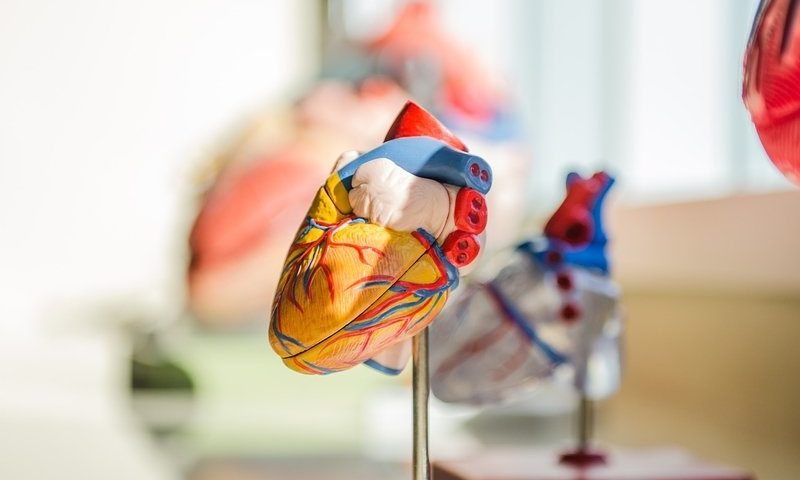It still remains to be seen whether the sci-fi genre is correct and artificial intelligence will one day rise up against the human race, but in the meantime, AI just might save your life.
An algorithm developed by the Mayo Clinic can significantly increase the number of cases of low ejection fraction caught in its earliest stages, when it’s still most treatable, according to a study published this month in Nature Medicine.
The condition, in which the heart is unable to pump enough blood from its chamber with each contraction, is associated with cardiomyopathy and heart failure and is often symptomless in its early stages. Traditionally, the only way to diagnose low ejection fraction is with the use of an echocardiogram, a time-consuming and expensive cardiac ultrasound.
The Mayo Clinic’s AI algorithm, however, can screen for low ejection fraction in a standard 12-lead electrocardiogram (EKG) reading, which is a much faster and more readily available tool.
In the study, more than 22,600 patients received an EKG as part of their usual primary care checkups, then were randomly assigned to have their results analyzed by the AI or by a physician as usual. Because the algorithm immediately sends an alert in a patient’s electronic health record if it detects evidence of low ejection fraction, prompting the patient’s physician to order a follow-up echocardiogram, more patients with a positive result in the AI group received an echocardiogram than those in the usual care group.
Overall, using the algorithm produced 32% more diagnoses of low ejection fraction compared to the typical standard of care, lead author Xiaoxi Yao explained, and an improvement of 43% among the patients who received positive EKG results. That translates to about five new diagnoses for every 1,000 patients screened.
“The AI-enabled EKG facilitated the diagnosis of patients with low ejection fraction in a real-world setting by identifying people who previously would have slipped through the cracks,” said Peter Noseworthy, a Mayo Clinic cardiac electrophysiologist and senior author on the study.
“The information was readily available in the electronic health record, and care teams could see the results and decide how to use that information,” Noseworthy continued. “The takeaway is that we are likely to see more AI use in the practice of medicine as time goes on. It’s up to us to figure how to use this in a way that improves care and health outcomes but does not overburden frontline clinicians.”
The algorithm has been in development for several years and received the FDA’s breakthrough designation in 2019. It is currently licensed to Anumana, a company launched by the Mayo Clinic and nference in April to develop digital sensor diagnostics for cardiology built on nference’s AI technology and Mayo’s decades worth of medical data.
The EKG-reading algorithm has also been licensed to Eko, which develops AI-powered digital stethoscopes to diagnose heart conditions like murmurs and atrial fibrillation during routine physicals. The low ejection fraction algorithm received emergency use authorization from the FDA last May to improve the detection of heart conditions in COVID-19 patients.

